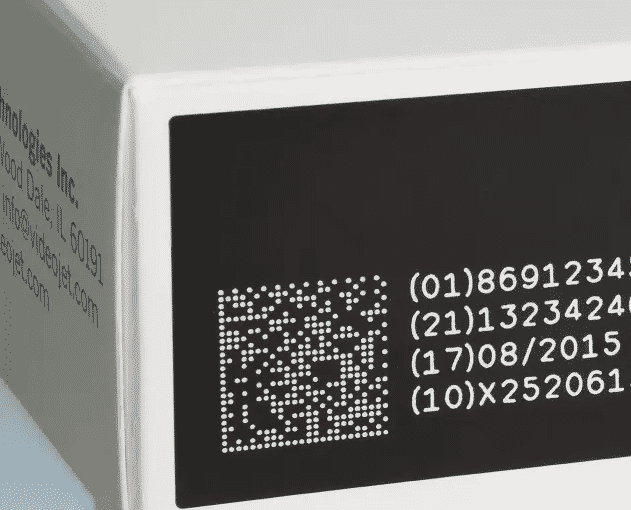
Returning Customer
I am a returning customer
Register Account
If you already have an account with us, please login at the login form.
Your Account Has Been Created!
Congratulations! Your new account has been successfully created!
You can now take advantage of member privileges to enhance your online shopping experience with us.
If you have ANY questions about the operation of this online shop, please e-mail the store owner.
A confirmation has been sent to the provided e-mail address. If you have not received it within the hour, please contact us.
Account Logout
You have been logged off your account. It is now safe to leave the computer.
Your shopping cart has been saved, the items inside it will be restored whenever you log back into your account.

In the past decade,the development of the emerging pharmaceutical market has provided great opportunities for Western medicine manufacturers.China,India,Russia,South Korea,Brazil and Mexico have become the main consumer countries of the drug;according to IMS estimates,in 2014,the emerging pharmaceutical countries accounted for about one quarter of the entire pharmaceutical industry market, and to 2017 Year, this data is expected to rise to one third.In Saudi Arabia,the value of its pharmaceutical market is about $ 4 billion,and 70% are imported from Europe and 13.1% are imported from the United States. At the same time,Philippine drug market value has grown up to $ 4.3 billion,75% of the market from the supply of foreign manufacturers.

As increasing demand for the usage of drugs,risk of fake drugs also gown up.Medical workers in many emerging pharmaceutical countries are concerned that the emergence of counterfeit medicines,it means that they are more likely to choose branded drugs rather than generics when they are prescribing,because brand drugs represent a quality assurance.The World Health Organization estimates that:counterfeit drugs,about 1 percent from developed countries and 30-40 percent in developing countries.The use of coding to carry out global serialization of pharmaceutical products is being implemented as the best solution to solve this problem,so that the use of coding,pharmaceutical industry and regulatory agencies will be able to product manufacturing,streaming and packaging to track.
At present, many emerging pharmaceutical markets are unable to meet their domestic medical needs.Large pharmaceutical companies still have many export opportunities.In a large number of such markets,serialization regulations are planning and have developed a number of regulations,which presents a complex pattern for navigation by pharmaceutical manufacturers or supply chain participants. The following are an overview of several important domestic use of non-Latin emerging pharmaceutical markets,its serialization requirements and important milestones:
China
Over the past two years, China has implemented its tracking and retrospective regulations in stages.With the final deadline-December 31th 2015,all Chinese pharmaceutical products will cover country-specific requirements,including serialization and reporting.All levels of the product must be serialized using the number published by the government.By then,the pharmaceutical company needs to run the query on the Chinese government system to obtain and enable the serial number. Since 2013, the Essential Medicines Directory (EDL) has covered 502 current pharmaceutical products that require serialization.EDL requires China National Drug Code (NDC) and serial number to be printed on both primary and secondary packaging.
Korea
From the end of 2013,drugs sold in Korea have been required to have two-dimensional DataMatrix coding,which includes global trade project coding (GTIN),batch and shelf life.At the beginning of 2015,South Korea introduced a new phased plan for serialized drugs,and by 2016,the only serial number would be included in nearly one-third of all the pharmaceutical products sold in the country,which would Become a necessary condition.The Korean Ministry of Health and Welfare also hopes that the use of serial numbers will be helpful in managing the use of drugs and reducing the incidence of prescription errors.
Saudi Arabia
From March 23th,2015,the secondary packaging of prescription drug products sold in Saudi Arabia must also contain a human-readable and DataMatrix symbol encoded using the GS1 GTIN to identify the product,including the package lot number,shelf life and package size. Starting from March 12th,2017,each prescription drug product must contain a unique serial number with all of the above information, and the serial number must be encoded using the DataMatrix symbol.
Jordan
In Jordan,from January 1st,2017,all prescription drug products must also contain artificially readable texts and DataMatrix symbols encoded using the GS1 GTIN to identify the product,including the package lot number,shelf life and package size.
Eastern Europe and Russia
Despite the fact that the time has not yet been confirmed,Russia and Ukraine do have a plan to introduce serialization.The Russians have introduced the pharmaceutical company's 2020 program, which requires international participants to establish partnerships with domestic manufacturers to gain market foothold. Commonwealth,Latin America and African countries have drafted a similar plan.At the same time,it is worth mentioning that Bulgaria is also using Cyril language.As the country is a member of the European Union, serialization and tracking compliance will be implemented as of January 2nd, 2017.
The deepening of the global serialization of drugs means that pharmaceutical companies that have the right system to deal with the emerging markets for the Arabic,Cyrillic and Asian languages will create huge gains.The part of the challenge that the production team will respond to is how to choose the ability to meet the requirements of variable coding at the necessary speed and quality level. Fortunately,the industry is triggering a major innovation,and gradually promote the coding function of a breakthrough change.

In such condition,inkjet printer is needed for pharmaceutical inkjet printer,if you also carry the buessiness in medicine,please take a check for the inkjet printer as below:
http://www.raymondcoding.com/Inkjet-Coding/Thermal-Inkjet-Technolog-TIJ
